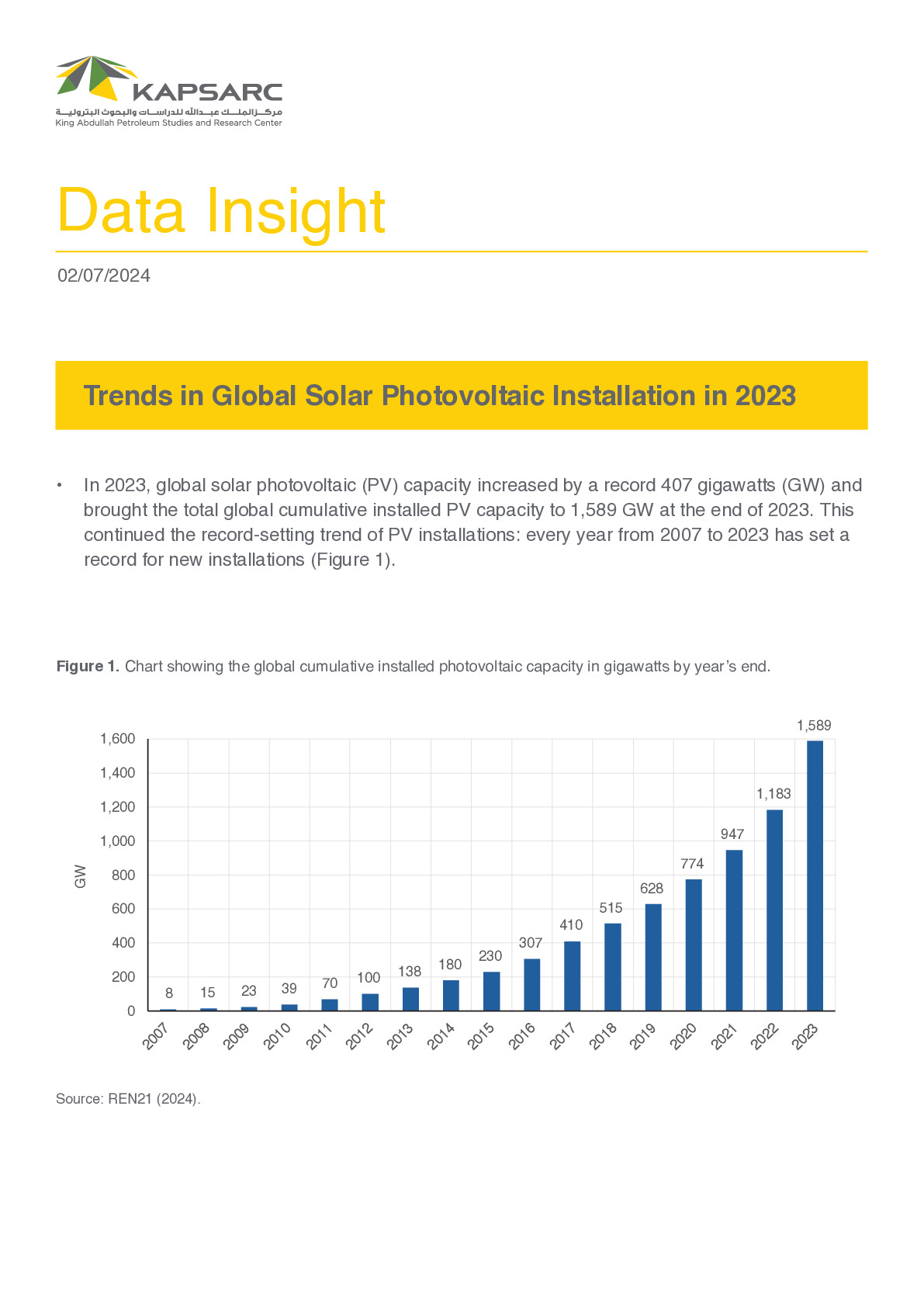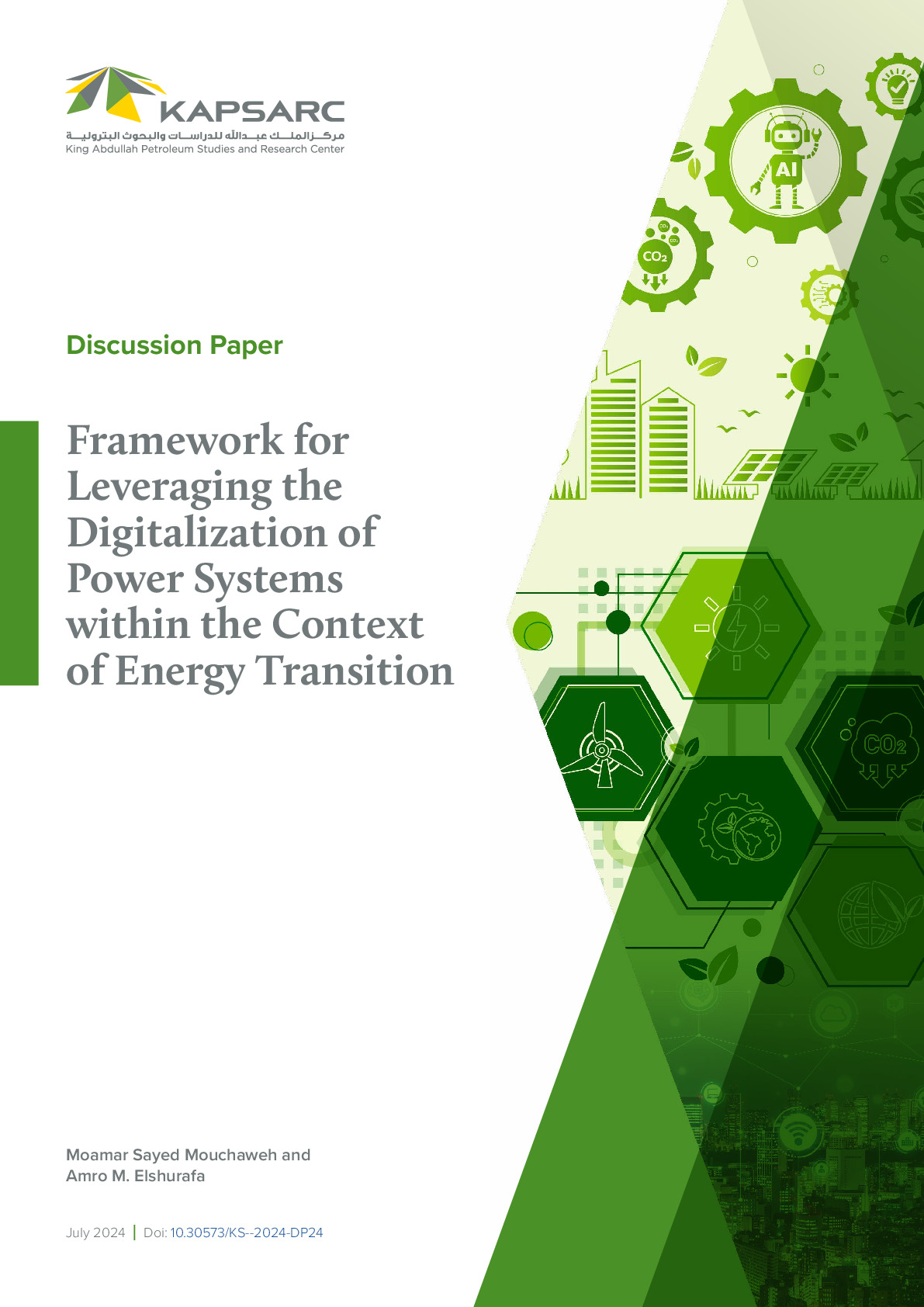There are an estimated 3.5 million mosques worldwide. The relatively large surface area of most mosque rooftops and their ubiquity in the Muslim world make them excellent candidates for solar photovoltaic (PV) installations. Muslims congregate for prayers at mosques five times a day: at dawn, noon, afternoon, sunset, and evening. Because these times are governed by the sun, they change chronographically within the year, according to the season, but are perpetual. As such, mosque electricity load profiles are highly predictable across each year and experience limited annual variation.

Executive Director
Dr. Elshurafa is the Executive Director of the Utilities and Renewables Department and possesses 20+ years of experience garnered on…
Dr. Elshurafa is the Executive Director of the Utilities and Renewables Department and possesses 20+ years of experience garnered on three continents. His research interests lie in renewable energy policy, electricity market design and regulation, and power systems modeling. He has led and executed several national modeling initiatives at distributed and utility scales. Some aspects of his research have been adopted by BP in their seminal annual Statistical Review. He is listed among the top 2% scientists globally as per Stanford, and he is a board member of the Saudi Water and Electricity Regulatory Authority. Credited with 50+ papers and patents, he holds a Ph.D. in Engineering and an MBA in Finance.
Expertise
- Renewable Energy Policy
- Electricity Market Design and Regulation
- Power Sector Modeling
Publications See all Amro Elshurafa’s publications

Trends in Global Solar Photovoltaic Installation in 2023
There are an estimated 3.5 million mosques worldwide. The relatively large surface area of most…
16th July 2024
Framework for Leveraging the Digitalization of Power Systems within the Context of Energy Transition
There are an estimated 3.5 million mosques worldwide. The relatively large surface area of most…
7th July 2024


